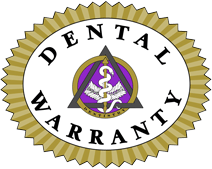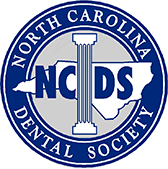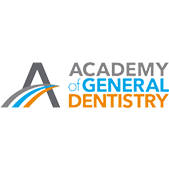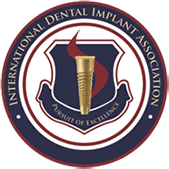Are you suffering from jaw bone deterioration because of tooth loss, gum disease or dental trauma?
The bone grafting procedure can help restore deteriorating jawbones caused by tooth loss, gum disease and dental trauma. This procedure can also help maintain the jawbone structure after tooth extraction.
What is Bone Grafting?
Bone grafting is a surgical treatment for the jawbone that has deteriorated over time. This procedure also fills the void where the bone is absent.
The bone grafting procedure helps stimulate new bone and tissue growth to support dental implants and other mouth structures. With a bone graft, a patient who is not eligible for a dental implant may now benefit from one.
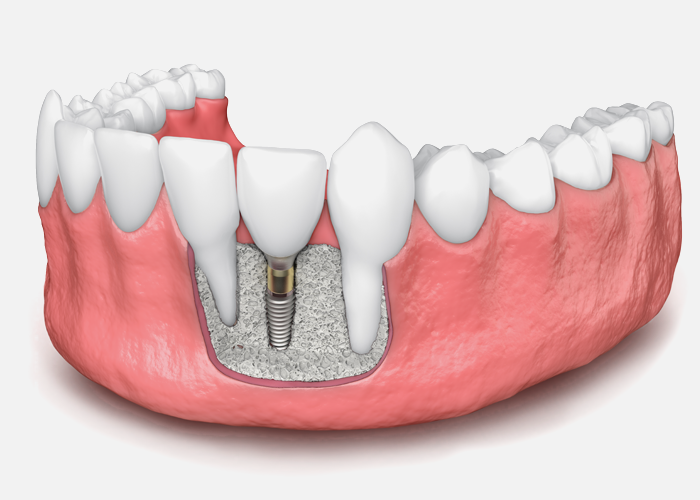
Is Bone Grafting Safe?
Bone grafts aretaken from the person’s own body tissue like the jaw, shin or hip. With a graft from your own body, there is no risk of immune reaction that may threaten the graft.
There are some cases, however, when patients may opt for a donor bone graft. Bone banks are regulated by the American Association of Tissue Banks and the U.S. Food and Drug Administration. Thus, the donor’s bone has been tested and sterilized ensuring safety and reliability.
Types of Bone Graft Procedures
A bone graft helps stimulate the growth of a new bone known as the “de novo” bone. There are many types of bone grafting techniques that can help achieve bone growth.
Here are the 2 most common types of bone grafting procedures:
- Allograft is the use of a donor’s bone graft which is available in a bone bank.
- Autograft is the use of your own bone usually from the jaw, shin or hip.
Other bone grafting techniques include socket grafting, ridge augmentation, and the sinus lift procedure. Socket grafting is used to fill the void caused by a recent tooth loss.
Ridge augmentation is the procedure used when there is too much bone loss. The sinus lift procedure, on the other hand, is a bone grafting procedure for the upper jaw.
The type of bone grafting technique used depends on your oral condition and the amount of bone loss. Dr. Taj Haynes will conduct a comprehensive dental evaluation to determine the right bone grafting procedure for you.
The Bone Grafting Procedure
Once your oral condition has been evaluated, Dr. Haynes will explain the available bone grafting procedures that suit your dental needs. He will also recommend the most ideal bone grafting procedure for you.
The procedure starts with the administration of anesthesia. During this period, you will not feel anything. Dr. Haynes will then make an incision in the skin where the graft will be placed.
The bone will be shaped to fit the area and the graft will be held in place to ensure stability. Once the graft is in place, Dr. Haynes will enclose the incision with stitches.
After stitching up your gums, the mouth is cleaned and an oral antiseptic will be applied. Dr. Haynes will recommend a postprocedure diet for you and will provide you with home caretips and guidelines that may help you with the healing process.
Bone Grafting Post-Procedure
The bone grafting procedure is a minor surgery, thus, it needs post-operative care. Here are some postsurgical tips that you may do at home:
- Use an ice pack tomanage swelling and soreness on the gums after a bone graft.
- Be sure to take the prescribed antibiotics to prevent the development of an infection during the recovery stage.
- You may also be prescribed pain medications that can help with the pain.
- If you are wearing dentures, it is highly recommended that you avoid wearing them for a few weeks during the healing stages. A denture puts pressure on the surgical site and prevents proper recovery. It can also cause swelling to the surgical site.
- A postoperative follow-up appointment is generally scheduled for suture removal, and to check the healing of the surgical site.
- A soft diet is usually required during the first few days after the bone graft procedure. It is also best not to skip meals during the healing process.
These are just a few tips and guidelines that you may need to consider after a bone graft procedure. Bone grafting may take a few months to completely heal but itposes many advantages to your oral health.
Advantages of a Bone Grafting Procedure
Whether you are getting a dental implant or your jaw bone has deteriorated, a bone grafting procedure can be very beneficial. Here are the advantages of a bone grafting procedure:
#1 Restore and Maintain Facial Bone Structure
When your jawbone deteriorates, it can affect the features and shape of your face. In most instances, it can make you look old.
Bone grafting can help restore the balance in your face. It also helps enhance the shape of your face and maintain facial bone structure.
#2 Provides Support for Dental Prosthesis
Dental implants, like natural teeth, have roots and crowns. The titanium post that is anchored into the jawbone acts as the tooth’s root that holds the crown. If your jawbone has deteriorated, a dental implant may not be the right option for you.
A bone grafting procedure allows your jawbone to be strong enough to support a dental implant. This procedure can bring the jaw bone to a suitable level to ensure the stability of the dental implant.
#3 Promotes Good Oral Health
Bone loss can pose an adverse effect on your oral health. When your jaw bone deteriorates, it may cause your gums to recede. This, in turn, may cause tooth sensitivity or gum infection.
Bone grafting helps restore and maintain bone mass. This can provide support to your teeth and other mouth structures.
These are just 3 of the many benefits of getting a bone graft. Bone grafting techniques and its continuing advancements do not just promote new bone growth but ensures controlled growth for the most optimum result. This dental procedure can truly create new opportunities for better mouth function while promoting a more attractive smile.
Contact us at our offices in Concord Mills and Davis Lake to learn more about bone grafting. You may also book an appointment through our24/7 online scheduling system.

